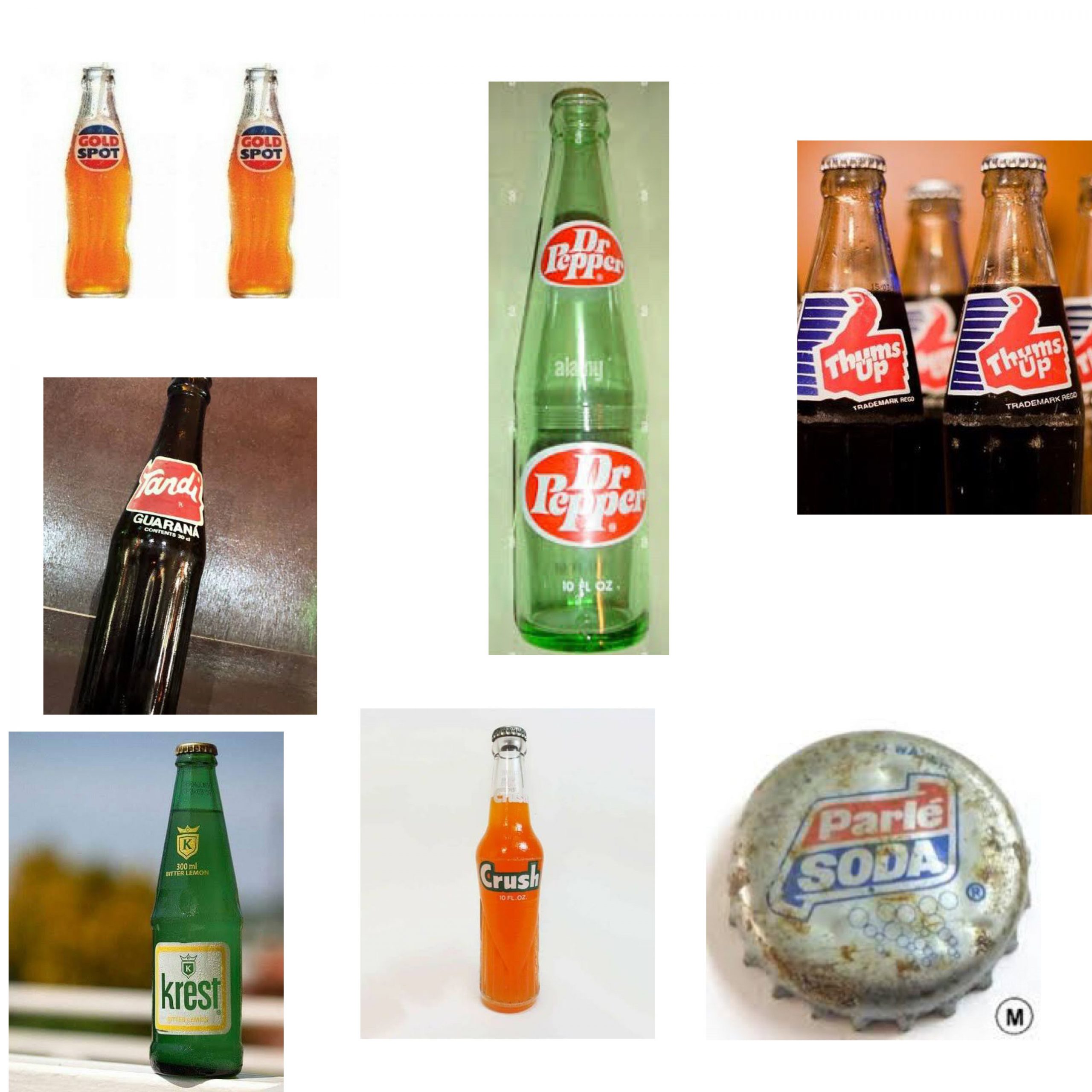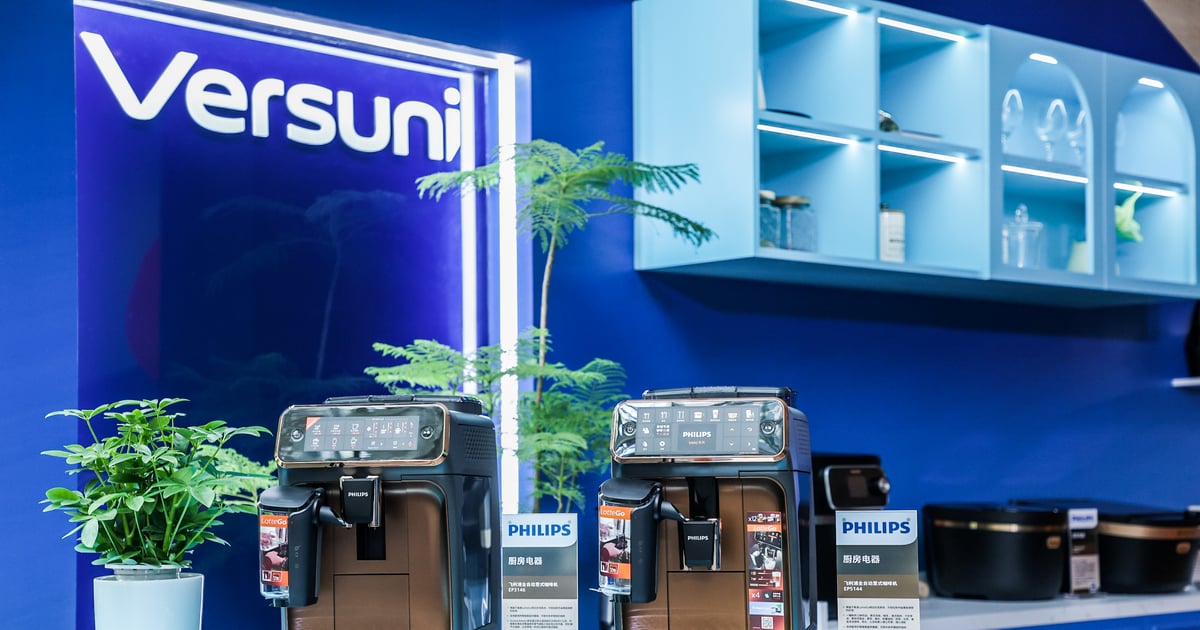By Abimbola Mohammed
While the 70s, 80s, and 90s are long gone, the memories remain. If a company is really ambitious and astute about marketing, perhaps, going into memory lane as we have done in this write-up can stimulate and inspire it to create a high-calorie drink with sweet flavours that makes you want to give your teenage self a high-five.
But did you know that there was also a time when you could sip on a delicious carbonated beverage that also helped organise your life? That’s right! It was a time when everyone had their brands. And to be honest, we wouldn’t mind if the ‘80s came back around again like maybe layered onto the sort of drink we have today.
From the soft drink that ruled parties and homes in the 70s, 80s and 90s, we have brought back our favourite drink memories including the commercials that played on our television screens.
Tandi Guarana: Originally from Brazil and made from the famous Guarana plant whose seeds are high in caffeine, this soft drink was bottled by Coastal Bottlers Ltd in Amuwo-Odofin, Lagos. The major distinctive ingredient was the powder extracted from the Guarana seeds sourced from the Guarana tree which is native to the Amazon Basin.
Do you remember this groovy ‘Tandi Guarana’ Advert Circa: 80s/90s. It’s the new fruity flavour…. Tandi Guarana, it gives you so much pleasure….Tandi Guarana, we want to have some fun…. Tandi Guarana, it’s so delightful…. Tandi Guarana and refreshing for me…. Tandi Guarana ….Tandi Guarana (3x).
Parle Soda: Parle Agro is an Indian private limited company founded in 1929. It owns the Parle Soda brand including Frooti, Appy, LMN, Hippo, and Bailey. Several Parle soda brands including Citra, Thums Up, Limca, Gold Spot, and Maaza were sold to Coca-Cola in 1993 for a reported $40 million. At the time of sale, the Parle brands together had a 60% market share in the industry. The brand was strong in South India. Citra was taken out by 2000 to make way for Coke’s international brand, Sprite. Parle Soda was introduced into Nigeria several years back.
Its so refreshing, Parle treats me so well, Parle soda is so refreshing, Parle soda is my kind of drink *Interlude with trumpets*
This sure will trigger some nostalgia.
Gold Spot: This was one of the three brands of carbonated soft drinks started in India by Parle Bisleri under the initiative of its founder Ramesh Chauhan in 1977 after the exit of Coca-Cola. PepsiCo had already left the Indian market in 1962 due to slow sales. Gold Spot was introduced along with Thums Up and Limca. It was an artificially flavoured and coloured orange drink. Parle sold Gold Spot along with Thums Up, Limca, Citra, and Maaza to Coca-Cola in 1993. Gold Spot was withdrawn by Coke from the market to re-make space for Coca-Cola’s Fanta brand.
The lyric in the commercial that ruled the screen was: He’s crazy about speeding, I go crazy about my riding, he’s crazy about motorbikes and I go crazy just to keep him safe, you bet….He is crazy about me, as crazy we are about Gold Spot….Gold Spot the Zinc thing, Gold Spot the Zinc thing, Gold Spot.
Kamlesh Pandey, the creative director of the ads said: “We used the rock-and-roll lifestyle of young people for a visual interpretation of the line.”
Crush: Is owned and marketed internationally by Keurig Dr. Pepper originally, created as an orange soda, Orange Crush. Crush mainly competes with Coca-Cola’s Fanta, and Sunkist. It was created in 1911 by beverage and extract chemist Neil C. Ward. Most flavors of Crush are caffeine-free. Crush was purchased by Procter & Gamble in 1980 and 1989, Cadbury Schweppes acquired Crush USA from Procter & Gamble Co. It is distributed by various Pepsi bottlers, the biggest being the Pepsi Bottling Group Canada.
In an interview by Sun Newspaper, Dr. Ken Onyeali Ikpe, who was the Account Manager, at Insight Publicis at the time said crush was killed because of the relaunch of Mirinda by Seven-up Bottling Company. His words: “The strength of our group is data, research, and strategic planning. We have always been a data-driven organization. That gives us the ability to work from hindsight to insight. Our first advice to the owners of the brand (Seven-Up Bottling Company) was that they had to collapse or ‘kill’ Crush another orange-flavour soft drink in their stable because you can’t have two orange soft drinks cannibalizing each other. And then repackage Mirinda and focus their efforts on building it.”
Dr. Pepper: This is a carbonated soft drink created in the 1880s by pharmacist Charles Alderton in Waco, Texas, and first served around 1885. Dr. Pepper was first nationally marketed in the United States in 1904 and is now also sold in Europe, Asia, North and South America. In Australia, New Zealand, and South Africa. Dr. Pepper is sold as an imported good. Variants include Diet, Dr. Pepper, and, beginning in the 2000s, a line of additional flavours.
The name, ‘Dr. Pepper’, was first used commercially in 1885. It was introduced nationally in the United States at the 1904 Louisiana Purchase Exposition as a new kind of soda pop, made with 23 flavors. Its introduction in 1885 preceded the introduction of Coca-Cola by one year.
Krest: is a soft drink manufactured by The Coca-Cola Company, it was introduced in 1997 in regular and diet versions. Made from bitter oranges, its taste remains distinct from the more popular Kinnie drink, which is also local to Malta. On 1 January 2008, the drink’s name was changed to Fanta Amara. Krest is also a trademark of The Coca-Cola Company for lemonade, bitter lemon, tonic water, club soda, and ginger ale in many countries in Africa and the Middle East. Krest Ginger Ale was previously one of eight international soda flavors featured and available for tasting at Club Cool in Epcot.
Thums Up: was created in 1977, after the American company Coca-Cola withdrew from India, due to regulations requiring it to disclose its formula and sell 60% of its equity to an Indian company under a government plan for foreign-owned companies to share stakes with domestic partners. The Chauhan brothers owned part of the Parle company and already had two other brands of soda, Limca and Gold Spot, which were popular in India and Nigeria at the time. Thums Up quickly became the most popular and achieved a near-monopoly among cola products in India during the 1980s, such as Campa Cola, Double Seven, Dukes, and United Breweries Group’s McDowell’s Crush.







Comment
No comments found.